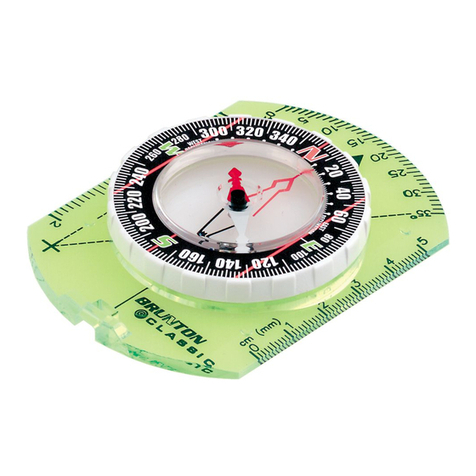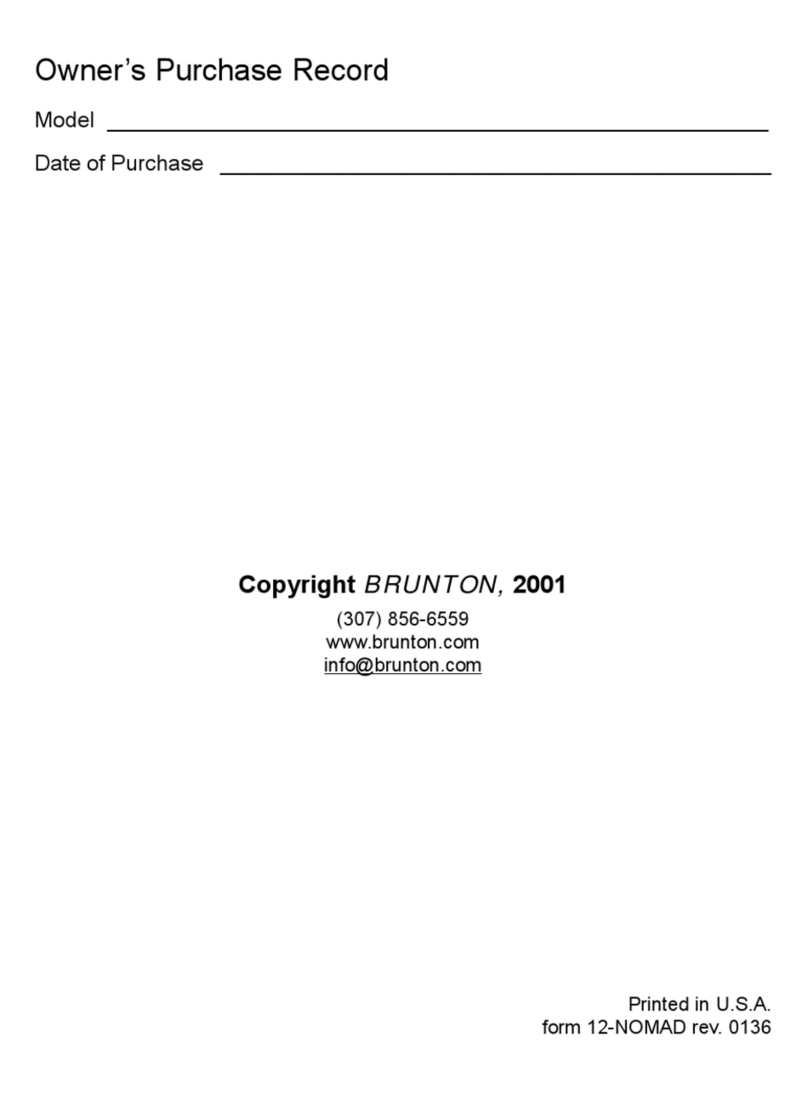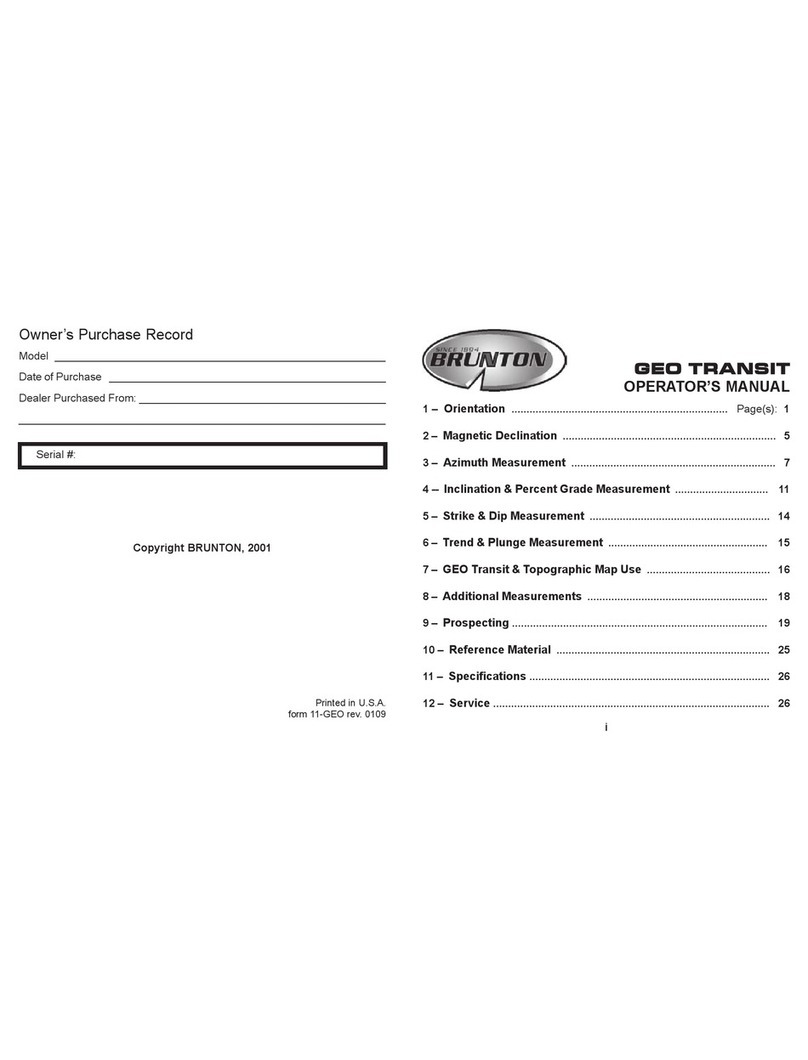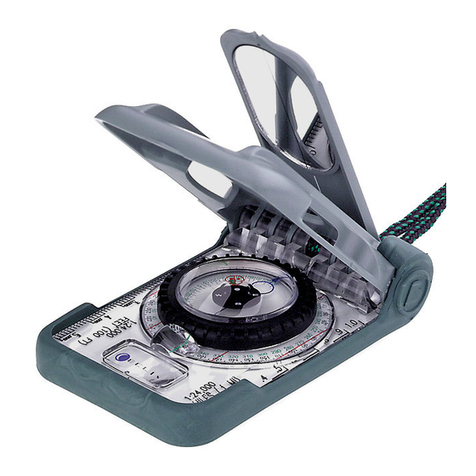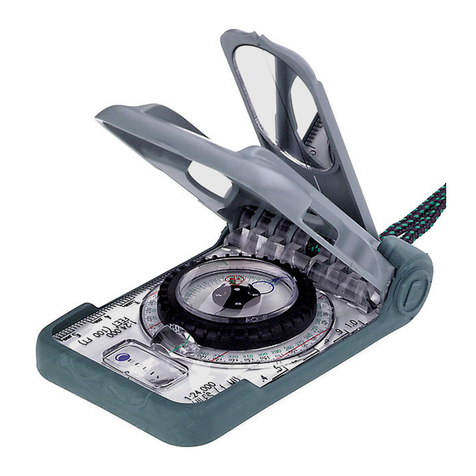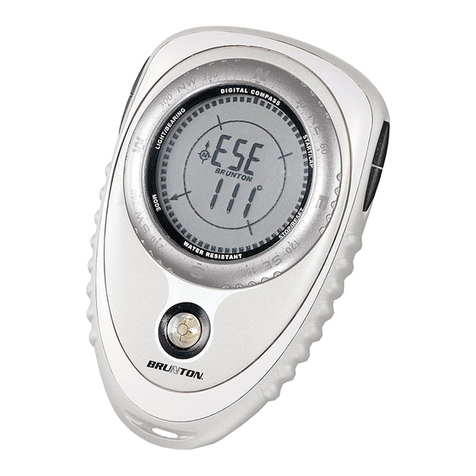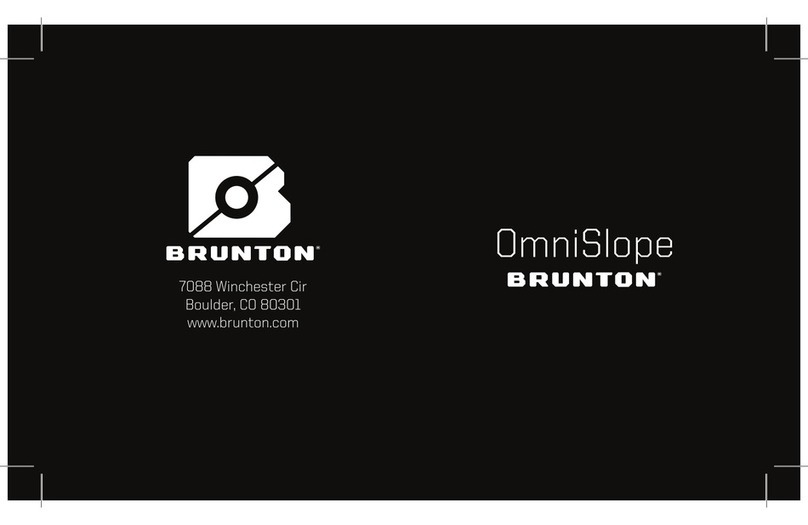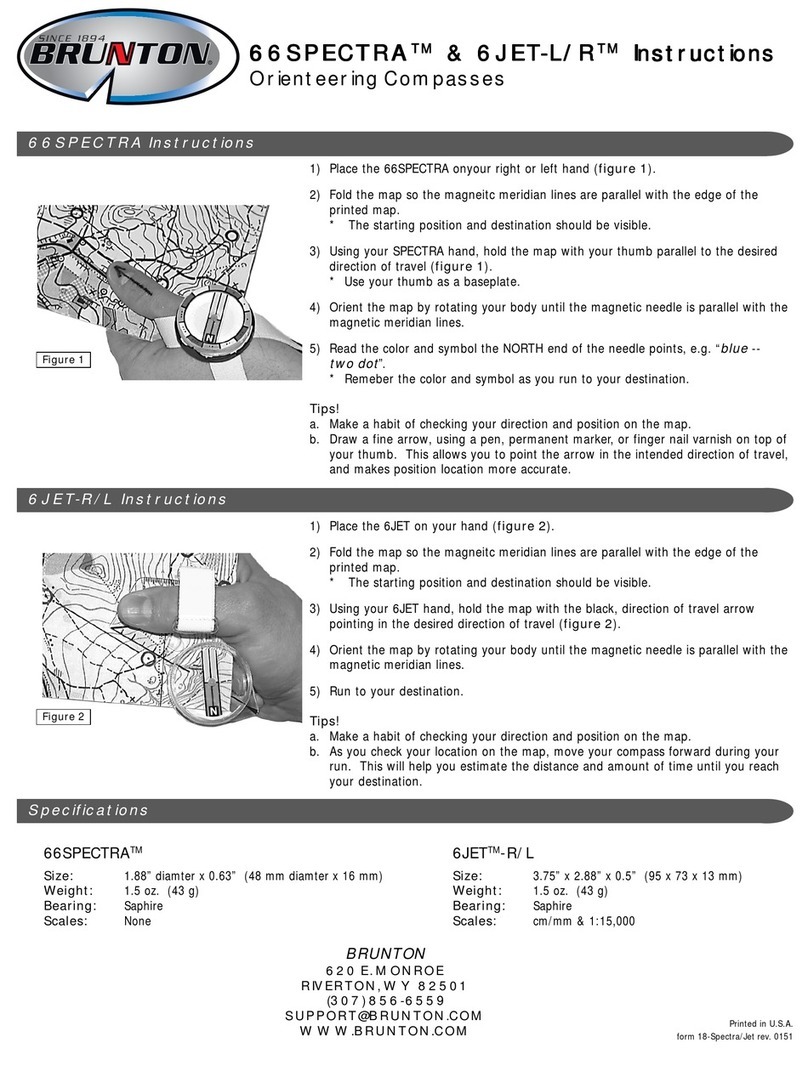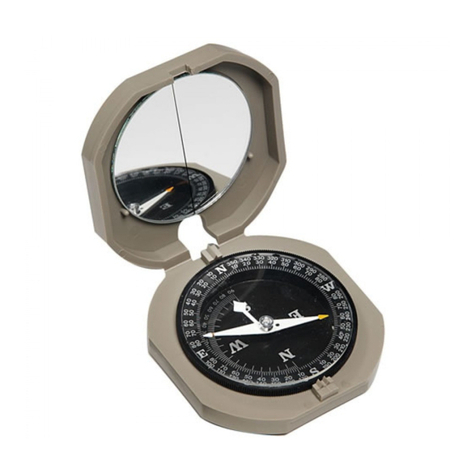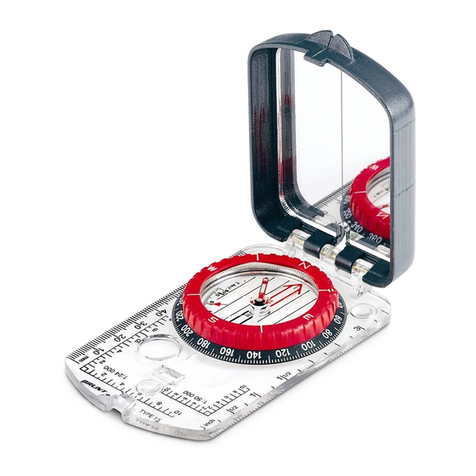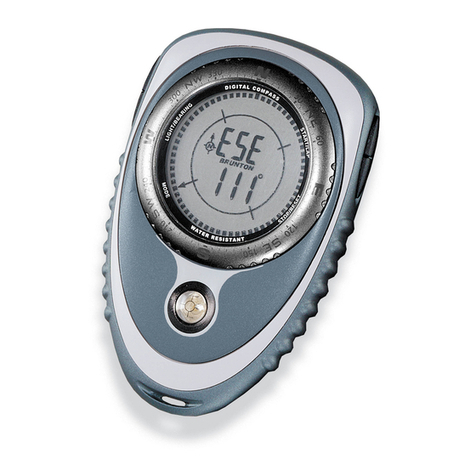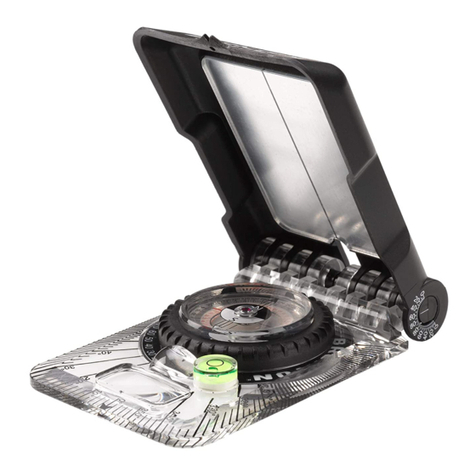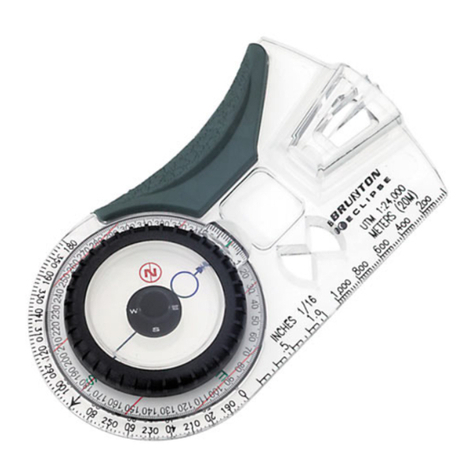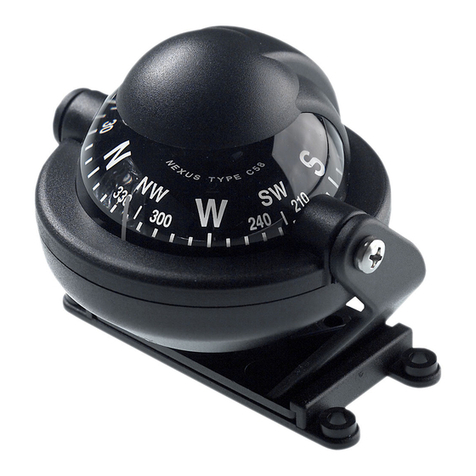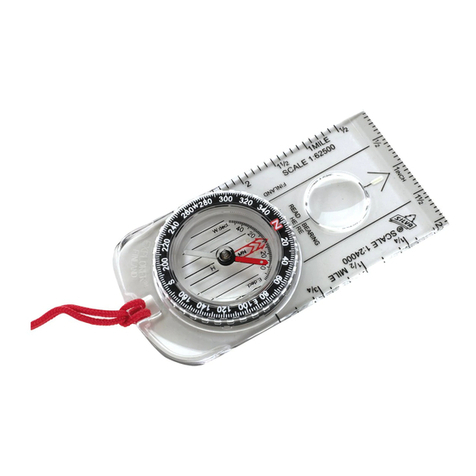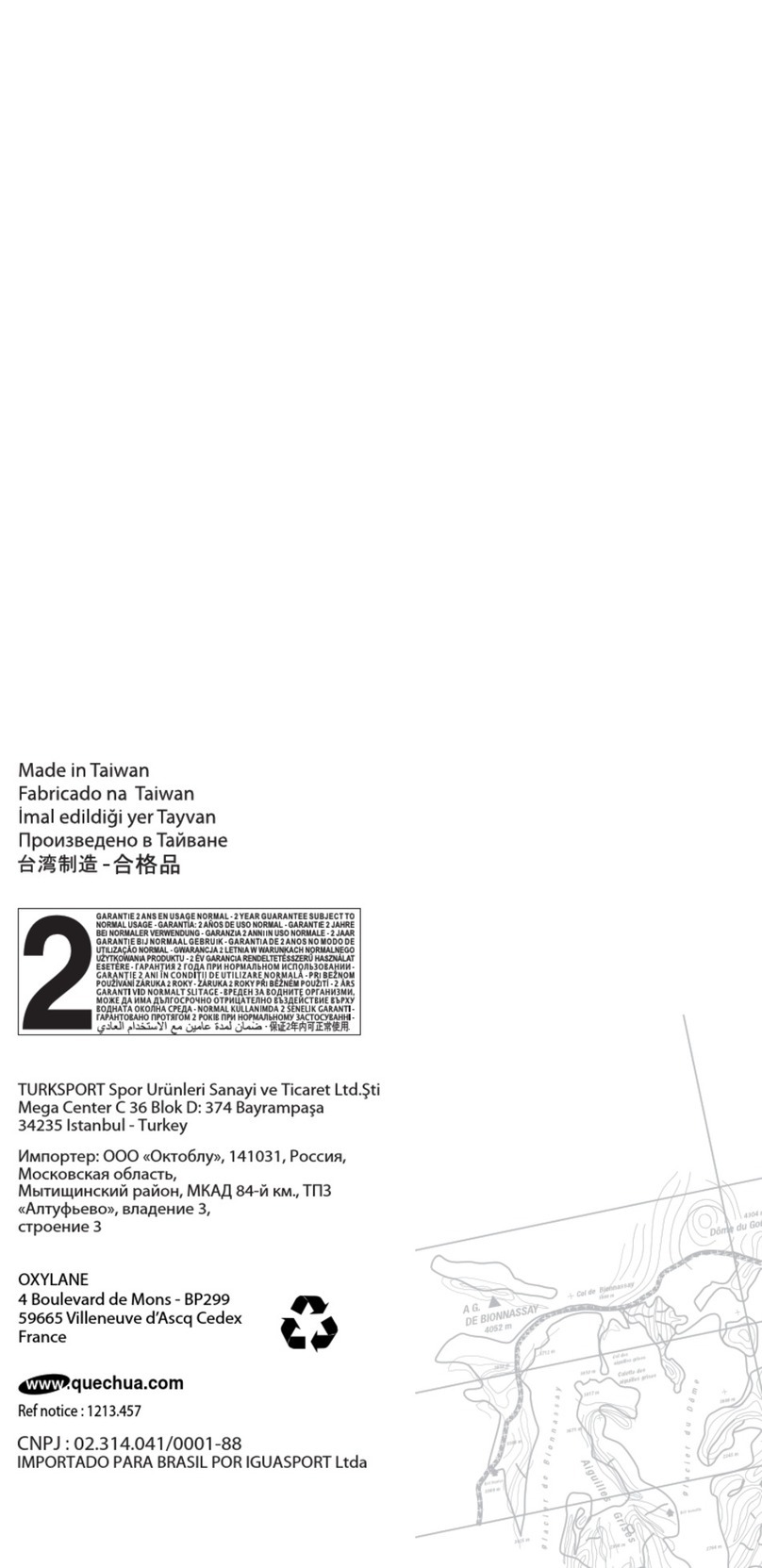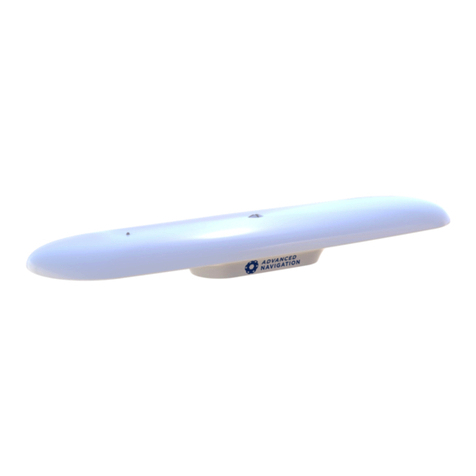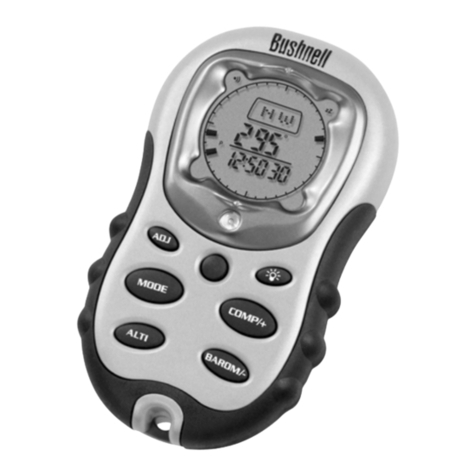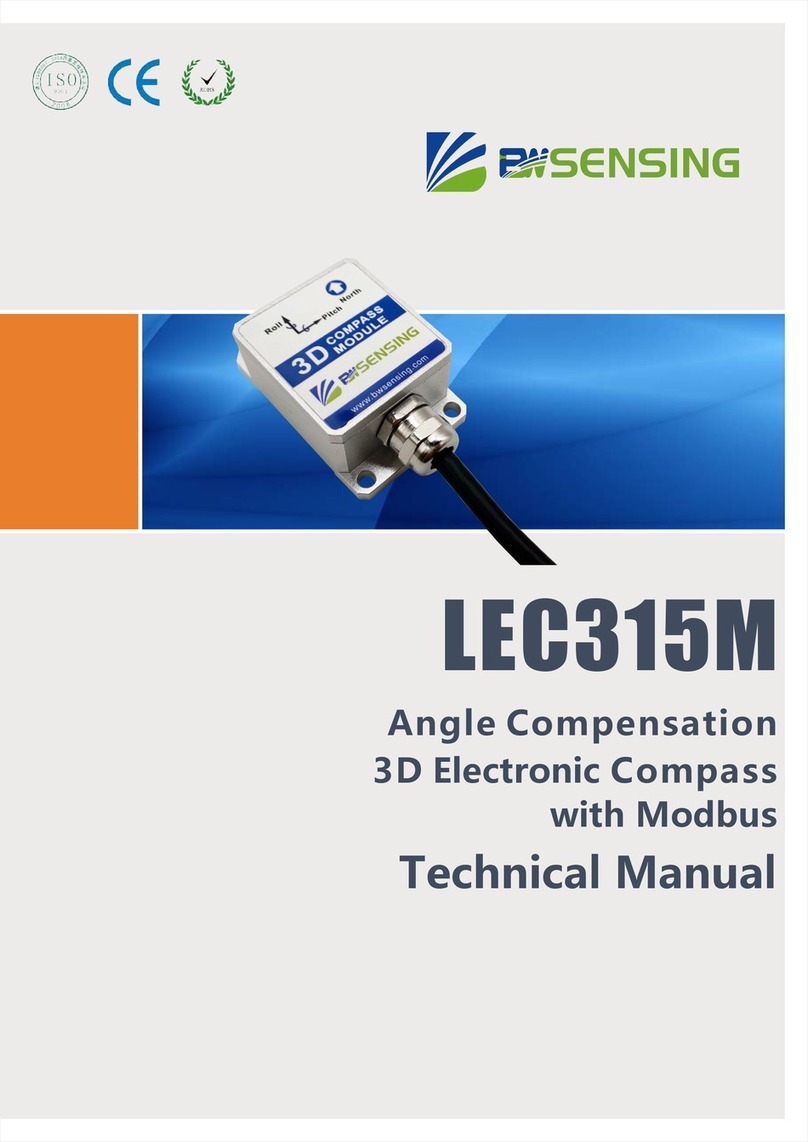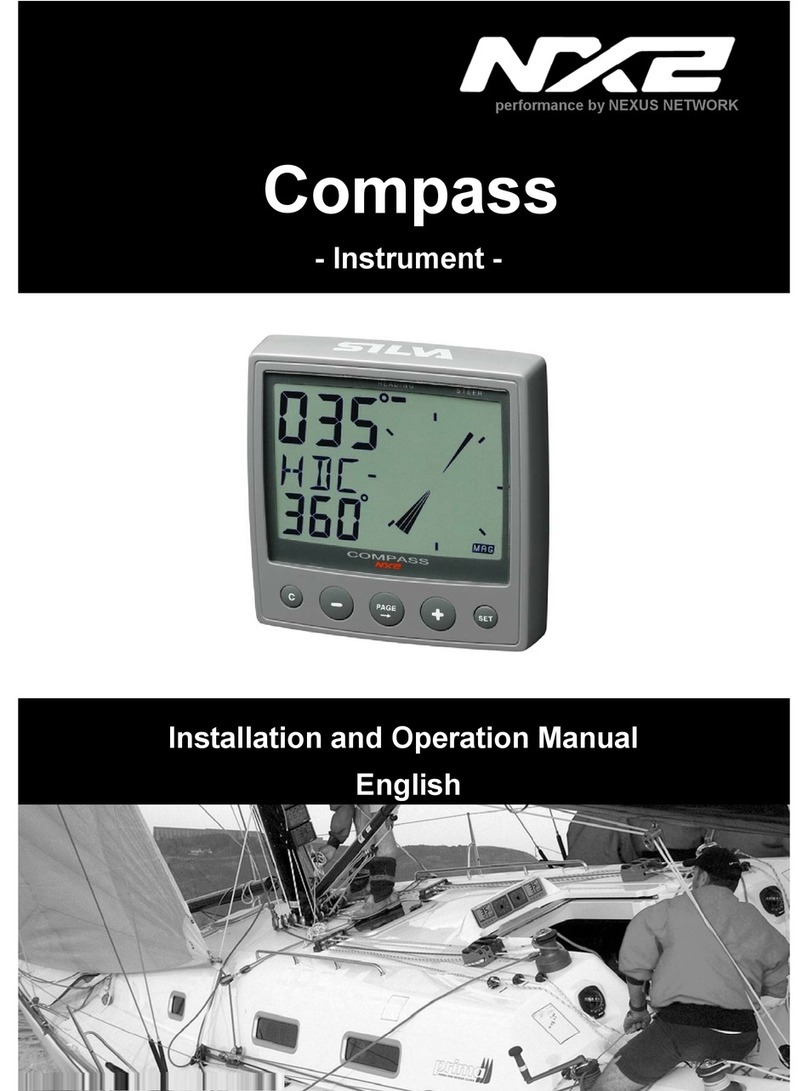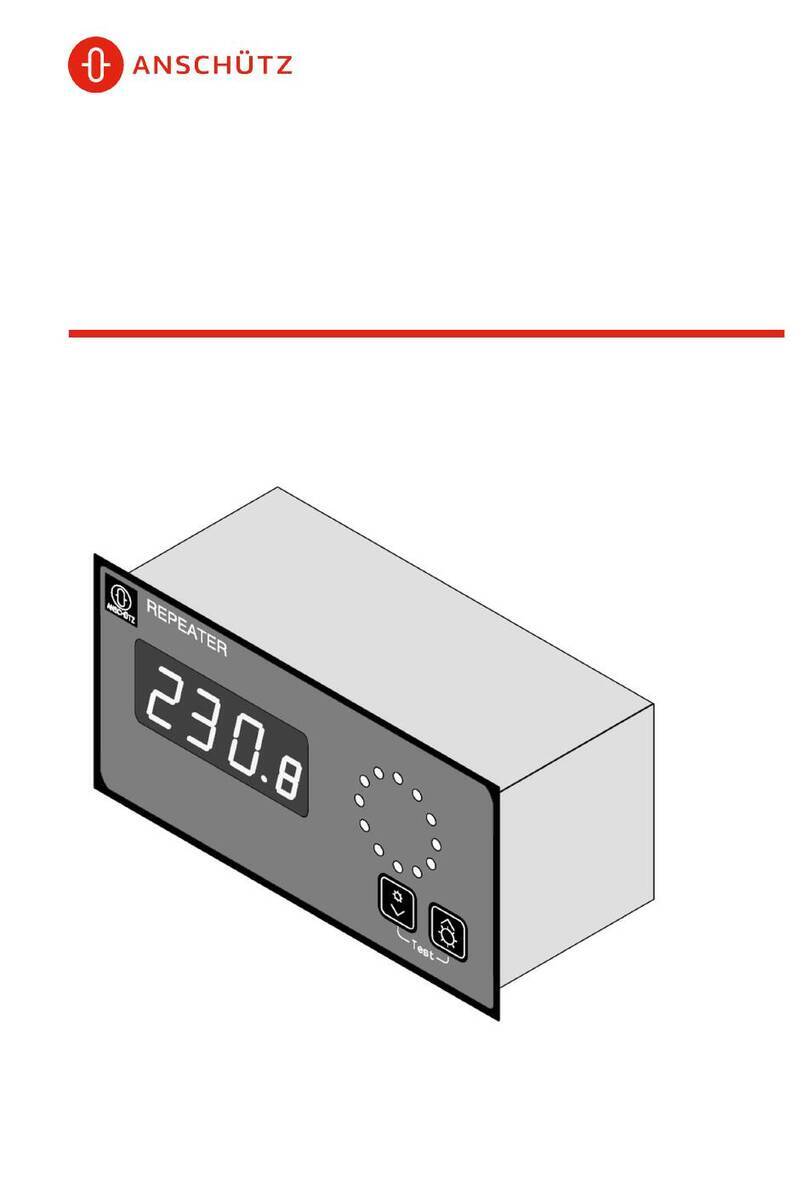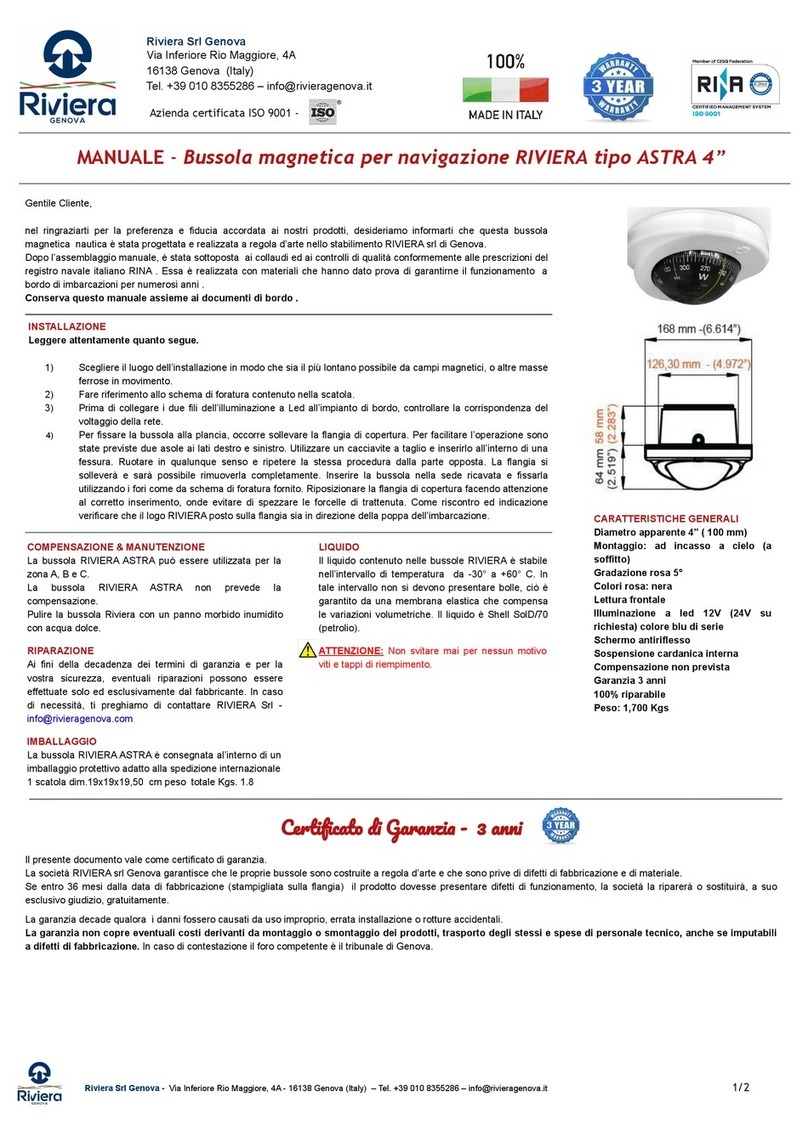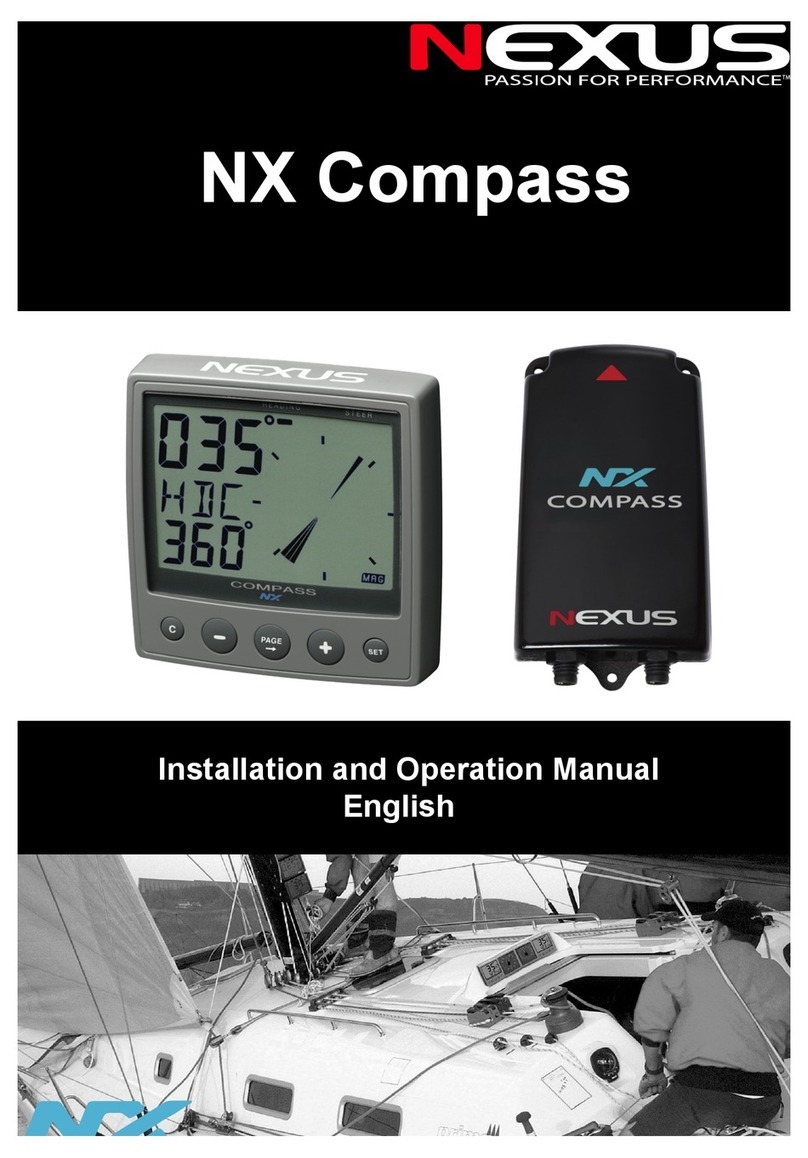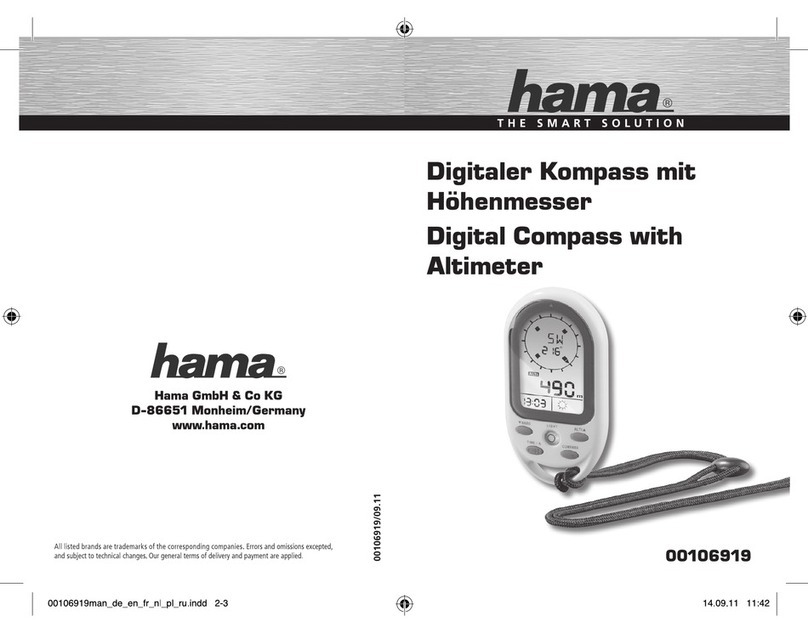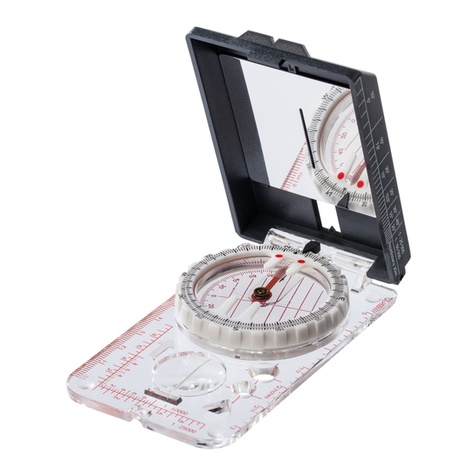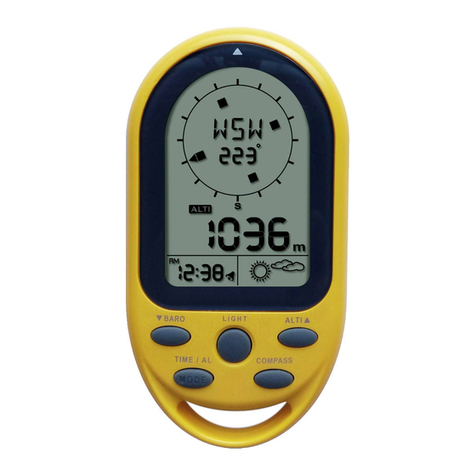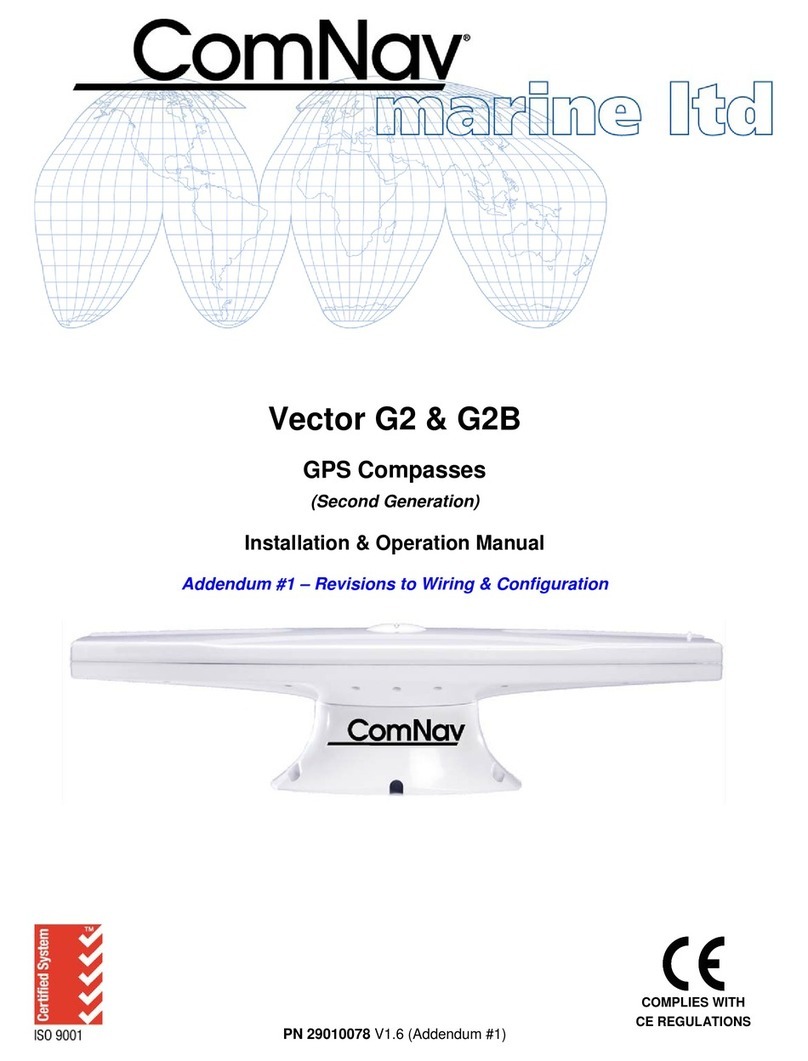Figure 11
Figure 12
Hint: Do not travel field bearing by watching the compass. If final destination is too far away to see,
sight a bearing to a tree, mountain, or something else and walk to the object. At object, re-sight
compass bearing to another object. Repeat until final destination is reached.
5 -- Back Bearing
To aid in your safe return, find a back bearing as well. A back bearing is 180ofrom another bearing. If
your bearing is 0o, then the back bearing is 180o-- directly behind you. Keep all bearings between 0o
and 359o, and follow the steps below to determine a back bearing.
1. If bearing is from 0oto 180o, add 180oto calculate back bearing.
2. If bearing is from 181oto 359o, subtract 180o.
6 -- Topographic Map
A topographic map (topo-map) is a 2-dimensional drawing of 3-dimensional terrain. Hills, valleys,
ridges, cliffs and other terrain are represented through a series of contour lines. Each line represents
constant elevation in meters or feet above sea level. Find the contour interval in the legend of the
topo-map. Also printed on a topo-map, are latitude - longitude and UTM grid tick marks for positioning.
With practice you’ll begin to recognize many different contours, and identify the best possible route
from one position to another.
7 -- Map Bearing
Some GPS receivers calculate a waypoint by entering a bearing and distance from a known position.
The Eclipse 8096 allows for both bearing and distance determination. First, find the bearing.
7.1 Map Alignment
Align a topo-map to true north, then find a map bearing. It is possible to compare the actual terrain to
the map, using this method.
1. Adjust for magnetic declination.
2. Rotate azimuth ring until compass reads 0o. (Fig 11)
3. Place straight edge of compass along a topo-map’s true north-south
margin (edge of printed map). (Fig 12)
4. Rotate map until vial displays “circle
over circle”. (Fig 12)
- The topo-map is now aligned to true
north.
Now, find map bearing.
5. Place a “point” at the starting position
and an “X” at a destination.
6. Draw a line connecting both marks.
7. Position compass next to the line. (Fig 13)
8. Rotate azimuth ring until vial displays “circle over circle”. (Fig 14)
- Do not move the map.
5

